>>Healthy growth in juice market
The juice market has increased in value by 4.6% in the past year, slightly above the growth of packaged groceries.
More than 90% of the population have purchased fruit juices over the past 52 weeks, although static penetration over the past three years indicates further growth must be driven by encouraging existing buyers to purchase more. The average buyer is purchasing more fruit juice per trip this year, contributing an additional £16.6m to the category. This trend is partly a result of increasing pack sizes, with packs under two litres accounting for 61% of market share two years ago, compared with only 54% of the market in the latest year. The average buyer is now purchasing juices on a more frequent basis as well, buying into the market around 2.5 times a month.
Price increases have also helped contribute to growth. Premiumisation has justified these price increases, especially with the increased focus on smoothies. Smoothies accounted for 1.4% of the fruit juice market over the past year, compared with 0.9% the previous year. The smoothies market, including milk and yogurt-based drinks, is worth £27m this year, experiencing year-on-year growth of 36%.
Although the price of smoothies per litre is more than double that of fruit juices, smoothie prices have declined this year because of the introduction of own-label ranges. As the population is becoming increasingly aware of health, and more pushed for time, smoothies are likely to show substantial growth.
Pure juices accounted for 67% of value sales in the past year, but it is the remaining 33%, juice drinks, that is driving the market, increasing in value by 10% this year.
Orange juice still dominates the market, accounting for just less than half of all value sales, although it is losing share in the market.
Claire Ryder, TNS Superpanel
The juice market has increased in value by 4.6% in the past year, slightly above the growth of packaged groceries.
More than 90% of the population have purchased fruit juices over the past 52 weeks, although static penetration over the past three years indicates further growth must be driven by encouraging existing buyers to purchase more. The average buyer is purchasing more fruit juice per trip this year, contributing an additional £16.6m to the category. This trend is partly a result of increasing pack sizes, with packs under two litres accounting for 61% of market share two years ago, compared with only 54% of the market in the latest year. The average buyer is now purchasing juices on a more frequent basis as well, buying into the market around 2.5 times a month.
Price increases have also helped contribute to growth. Premiumisation has justified these price increases, especially with the increased focus on smoothies. Smoothies accounted for 1.4% of the fruit juice market over the past year, compared with 0.9% the previous year. The smoothies market, including milk and yogurt-based drinks, is worth £27m this year, experiencing year-on-year growth of 36%.
Although the price of smoothies per litre is more than double that of fruit juices, smoothie prices have declined this year because of the introduction of own-label ranges. As the population is becoming increasingly aware of health, and more pushed for time, smoothies are likely to show substantial growth.
Pure juices accounted for 67% of value sales in the past year, but it is the remaining 33%, juice drinks, that is driving the market, increasing in value by 10% this year.
Orange juice still dominates the market, accounting for just less than half of all value sales, although it is losing share in the market.
Claire Ryder, TNS Superpanel

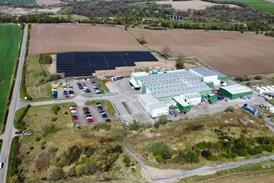


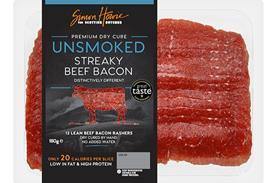






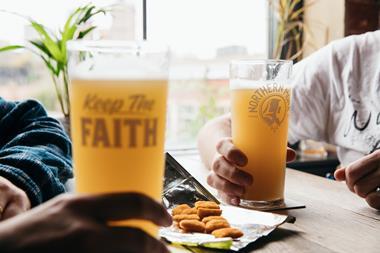
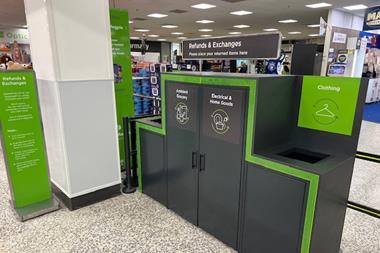
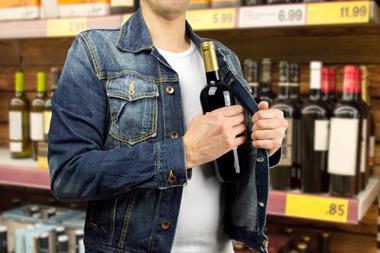
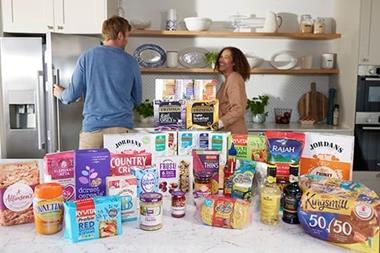


No comments yet